Lou Donaldson - Night Tide (2018)
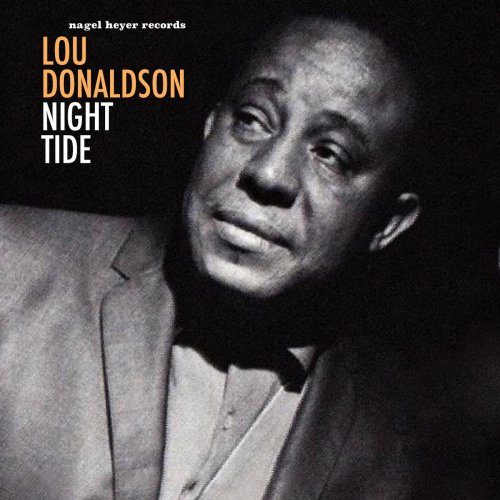
Artist: Lou Donaldson
Title: Night Tide
Year Of Release: 2018
Label: nagel heyer records
Genre: Jazz
Quality: FLAC (tracks) / MP3
Total Time: 1:53:16
Total Size: 790 / 264 MB
WebSite: Album Preview
Tracklist:Title: Night Tide
Year Of Release: 2018
Label: nagel heyer records
Genre: Jazz
Quality: FLAC (tracks) / MP3
Total Time: 1:53:16
Total Size: 790 / 264 MB
WebSite: Album Preview
01. Polka Dots and Moonbeams
02. Nice 'N' Greasy
03. Here 'Tis
04. Glory of Love
05. Cool Blues, Hot Blues
06. Groovin' High
07. Candy
08. Watusi Jump
09. A Foggy Day
10. Avalon
11. Strollin' In
12. Spaceman Twist
13. Twist Time
14. Walk Wid Me
15. Dewey Square
16. South of the Border
Lou Donaldson has long been an excellent bop altoist influenced by Charlie Parker, but with a more blues-based style of his own. His distinctive tone has been heard in a variety of small-group settings, and he has recorded dozens of worthy and spirited (if somewhat predictable) sets throughout the years.
Donaldson started playing clarinet when he was 15, soon switching to the alto. He attended college and performed in a Navy band while in the military. Donaldson first gained attention when he moved to New York and in 1952 started recording for Blue Note as a leader. At the age of 25, his style was fully formed, and although it would continue growing in depth through the years, Donaldson had already found his sound. In 1954, he participated in a notable gig with Art Blakey, Clifford Brown, Horace Silver, and Tommy Potter that was extensively documented by Blue Note and that directly predated the Jazz Messengers. However, Donaldson was never a member of the Messengers, and although he recorded as a sideman in the '50s and occasionally afterwards with Thelonious Monk, Milt Jackson, and Jimmy Smith, among others, he has been a bandleader from the mid-'50s up until the present.
Donaldson's early Blue Note recordings were pure bop. In 1958, he began often utilizing a conga player, and starting in 1961, his bands often had an organist rather than a pianist. His bluesy style was easily transferable to soul-jazz, and he sounded most original in that context. His association with Blue Note (1952-1963) was succeeded by some excellent (if now-scarce) sets for Cadet and Argo (1963-1966). The altoist returned to Blue Note in 1967 and soon became caught up in the increasingly commercial leanings of the label. For a time, he utilized an electronic Varitone sax, which completely watered down his sound. The success of "Alligator Boogaloo" in 1967 led to a series of less interesting funk recordings that were instantly dated and not worthy of his talent.
However, after a few years off records, Lou Donaldson's artistic return in 1981 and subsequent soul-jazz and hard bop dates for Muse, Timeless, and Milestone have found the altoist back in prime form, interacting with organists and pianists alike and showing that his style is quite timeless. ~ Scott Yanow
Donaldson started playing clarinet when he was 15, soon switching to the alto. He attended college and performed in a Navy band while in the military. Donaldson first gained attention when he moved to New York and in 1952 started recording for Blue Note as a leader. At the age of 25, his style was fully formed, and although it would continue growing in depth through the years, Donaldson had already found his sound. In 1954, he participated in a notable gig with Art Blakey, Clifford Brown, Horace Silver, and Tommy Potter that was extensively documented by Blue Note and that directly predated the Jazz Messengers. However, Donaldson was never a member of the Messengers, and although he recorded as a sideman in the '50s and occasionally afterwards with Thelonious Monk, Milt Jackson, and Jimmy Smith, among others, he has been a bandleader from the mid-'50s up until the present.
Donaldson's early Blue Note recordings were pure bop. In 1958, he began often utilizing a conga player, and starting in 1961, his bands often had an organist rather than a pianist. His bluesy style was easily transferable to soul-jazz, and he sounded most original in that context. His association with Blue Note (1952-1963) was succeeded by some excellent (if now-scarce) sets for Cadet and Argo (1963-1966). The altoist returned to Blue Note in 1967 and soon became caught up in the increasingly commercial leanings of the label. For a time, he utilized an electronic Varitone sax, which completely watered down his sound. The success of "Alligator Boogaloo" in 1967 led to a series of less interesting funk recordings that were instantly dated and not worthy of his talent.
However, after a few years off records, Lou Donaldson's artistic return in 1981 and subsequent soul-jazz and hard bop dates for Muse, Timeless, and Milestone have found the altoist back in prime form, interacting with organists and pianists alike and showing that his style is quite timeless. ~ Scott Yanow
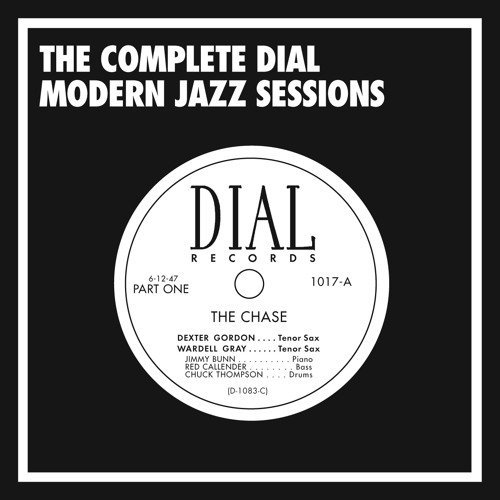
![Noé Sécula - A Sphere Between Other Obsessions (2025) [Hi-Res] Noé Sécula - A Sphere Between Other Obsessions (2025) [Hi-Res]](https://www.dibpic.com/uploads/posts/2025-12/1766108017_sej880ryk23va_600.jpg)
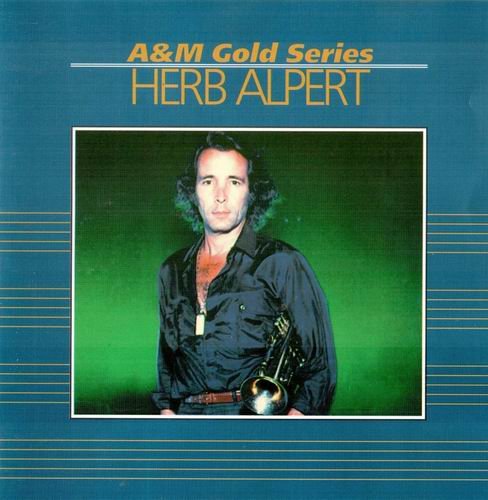

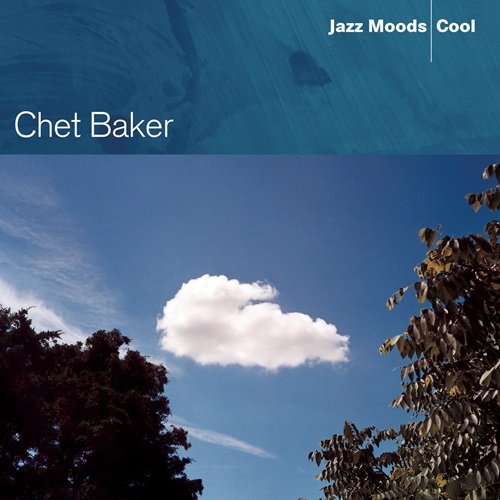

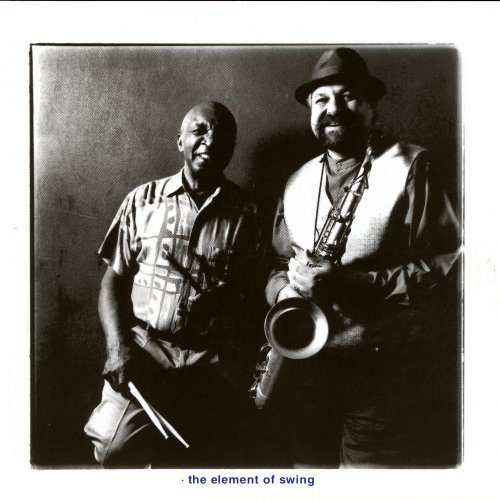
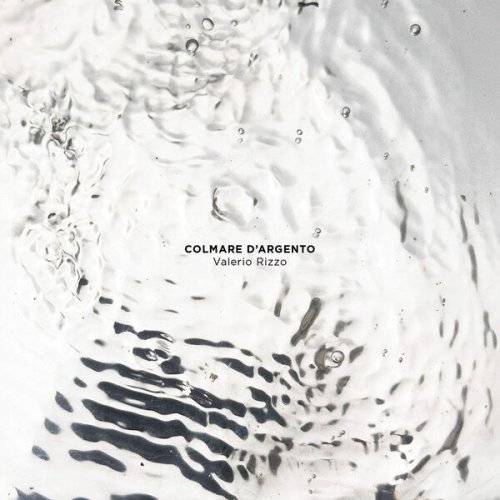
![Luizinho do Jêje, Marcelo Galter, Sylvio Fraga - Mocofaia (2024) [Hi-Res] Luizinho do Jêje, Marcelo Galter, Sylvio Fraga - Mocofaia (2024) [Hi-Res]](https://img.israbox.com/img/2025-12/19/ie15pqye9f7axu0oyf0ndsk7k.jpg)